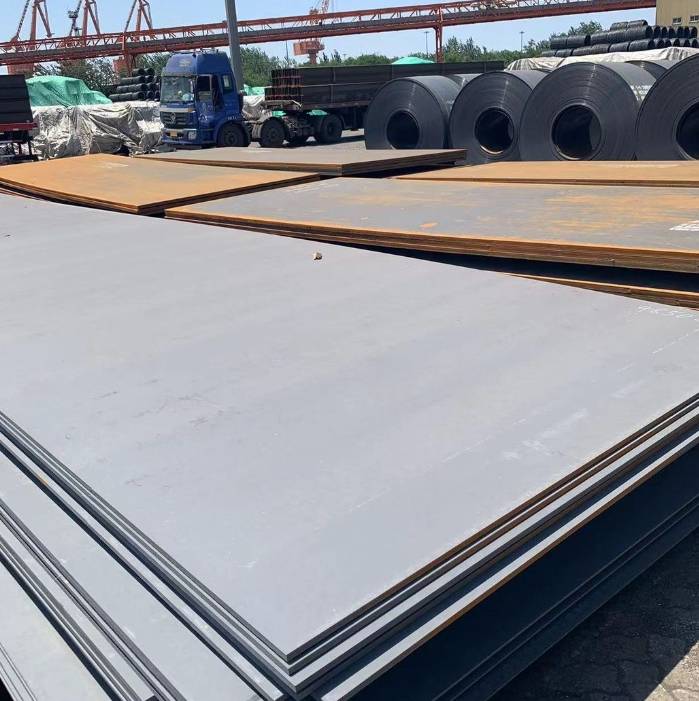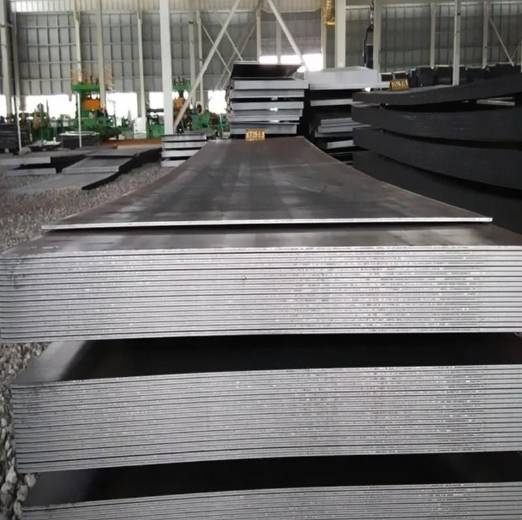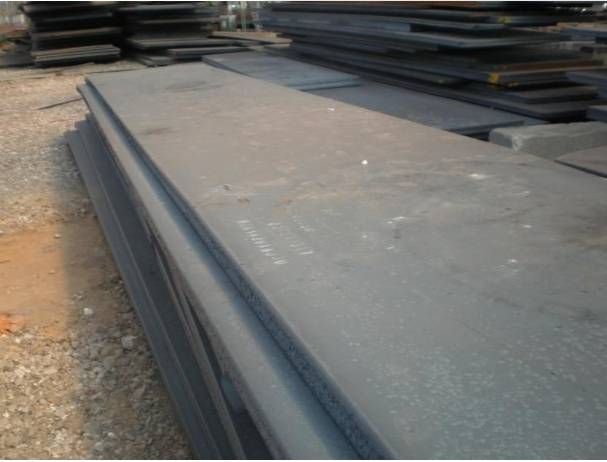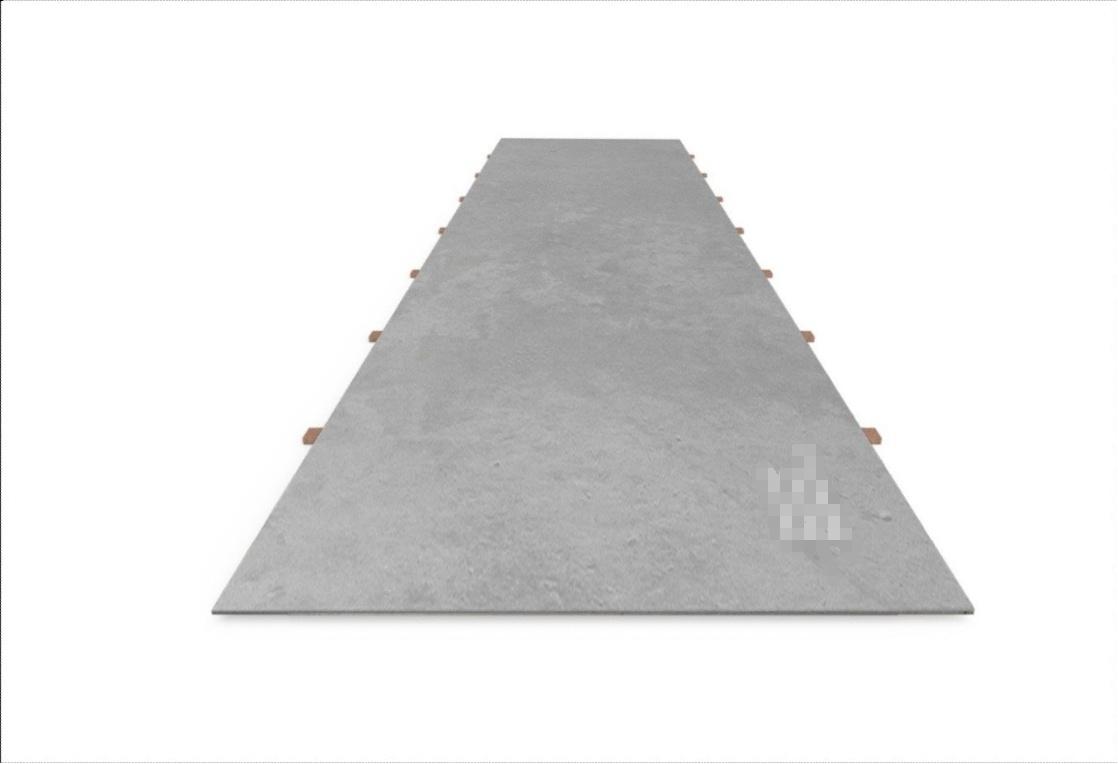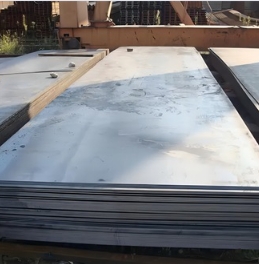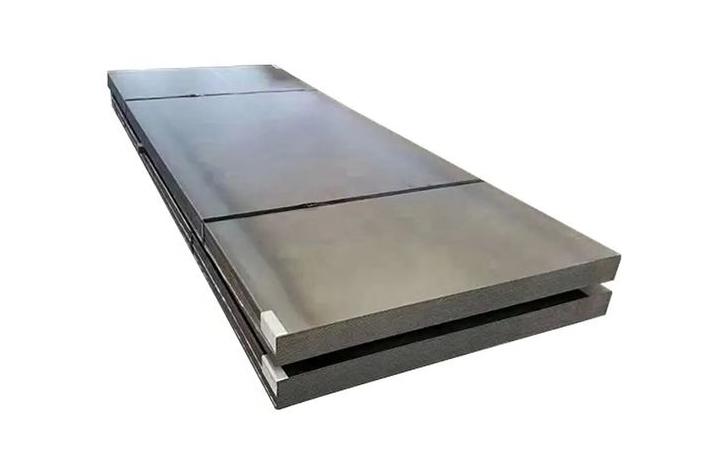The 1060 carbon steel plate is a high-carbon steel known for its excellent strength, hardness, and wear resistance. With approximately 0.60% carbon content, it offers a balance between toughness and ductility, making it suitable for various industrial applications.
Understanding 1060 Carbon Steel
Chemical Composition
| Element | Percentage (%) |
|---|---|
| Carbon (C) | 0.55–0.66 |
| Manganese (Mn) | 0.60–0.90 |
| Phosphorus (P) | ≤ 0.04 |
| Sulfur (S) | ≤ 0.05 |
| Iron (Fe) | Balance |
Mechanical Properties
| Property | Value |
|---|---|
| Tensile Strength | 620–800 MPa |
| Yield Strength | 355 MPa |
| Elongation at Break | 10–15% |
| Brinell Hardness | 170–250 HB |
| Modulus of Elasticity | 207 GPa |
Applications of 1060 Carbon Steel Plate
Automotive Industry
Due to its high strength and wear resistance, 1060 carbon steel is used in manufacturing gears, axles, and crankshafts.
Construction Sector
It’s employed in structural components like beams and reinforcement bars, offering durability and load-bearing capacity.
Tool and Die Making
The steel’s hardness makes it ideal for cutting tools, dies, and punches.
Machinery Components
Used in shafts, sprockets, and other parts requiring high strength and wear resistance.
Heat Treatment Process
To enhance its mechanical properties, 1060 carbon steel undergoes specific heat treatments:
-
Annealing: Heated to 800–850°C, then slowly cooled to relieve stresses.
-
Normalizing: Heated to 840–880°C, then air-cooled to refine grain structure.
-
Quenching: Heated to 820–860°C, then rapidly cooled in water or oil to increase hardness.
-
Tempering: Reheated to 150–200°C after quenching to reduce brittleness.
Comparison with Other Carbon Steels
| Property | 1045 Steel | 1060 Steel | 1095 Steel |
|---|---|---|---|
| Carbon Content (%) | 0.45 | 0.60 | 0.95 |
| Hardness | Medium | High | Very High |
| Ductility | High | Medium | Low |
| Wear Resistance | Moderate | High | Very High |
Common Misconceptions
⚠️ Not All Carbon Steels Are the Same: Assuming all carbon steels have similar properties can lead to material failure.
⚠️ Heat Treatment Is Optional: Skipping proper heat treatment can compromise the steel’s performance.
⚠️ Higher Carbon Means Better: While higher carbon increases hardness, it reduces ductility, which may not be suitable for all applications.
Personal Experience
I once worked on a project requiring durable machinery components. We initially chose a lower carbon steel, but it wore out quickly. Switching to 1060 carbon steel significantly improved the lifespan and performance of the parts.
Procurement Checklist
-
Determine the required mechanical properties for your application.
-
Choose the appropriate heat treatment process.
-
Select a reputable supplier with quality certifications.
-
Ensure the steel meets industry standards (e.g., ASTM, SAE).
-
Consider the cost-benefit ratio for your specific use case.
For high-quality 1060 carbon steel plates, consider sourcing from reputable suppliers who provide material certifications and have a track record of delivering consistent quality.


